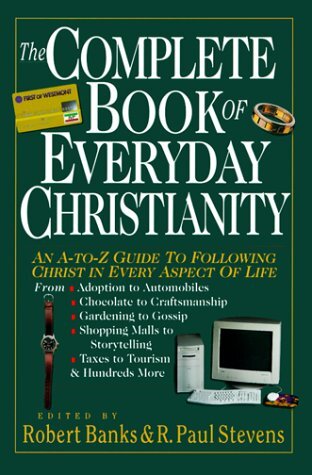Chocolate
Book / Produced by partner of TOW
The mysterious and mystical theobromine (literally, “the food of the gods”), which is commonly called chocolate, is a substance deserving of thoughtful and tasteful theological analysis. As one of the primary motivators of human behavior (hunger, thirst, pain, pleasure, self-esteem, sexual desire and chocolate), it is a force deserving ontological, theological, historical, ethical and relational reflection.
Ontologically, chocolate raises profoundly disturbing questions: Does not chocolate offer natural revelation of the goodness of the Creator just as chilies disclose a divine sense of humor? Is the human born with an innate longing for chocolate? Does the notion of chocolate preclude the concept of free will? If chocolate is a foretaste of heaven, what does it mean that chocolate is freely available to all?
Theologically, the creation of chocolate demonstrates both the unity and the diversity of humanity. Wherever you taste it, in every country of the world, it is immediately recognizable. Other things, in every cuisine, are just food, but chocolate is chocolate. At the same time each country, or culture, makes its own distinctive chocolate: French chocolate has a bitter bouquet; Belgian, a whisper of hazelnut; Swiss, a hint of condensed milk; English, a slight burnt-sugar finish; American, an undertone of peanuts; Dutch, a silken waxy texture; Indian, a trace of spices; Japanese, a touch of soy; Russian, a rumor of cabbage. Yet wherever chocolate is made, chocolate is chocolate. And any month that contains the letter a, e, i, o or u is the proper time to share it with others.
Historically, the discovery of chocolate by the Mayans and Aztecs dates to the dawn of time. The drink they made from the beans of the cacao tree, called xocoatl, was the queen of nutrients, medications, aphrodisiacs and social lubricants. Hernán Cortés, the sixteenth-century Spaniard wrote, “One cup of this precious drink permits one to walk a whole day without taking nourishment.” Its introduction to Europe by the Spanish invaders in 1528 began the worldwide spread of cho-co-LAH-tay. By 1615 it was served at a royal wedding in France. By 1662 it was reported in England as chocolata (Stubbs), and in 1669 as jocolatte (Depys). By 1700 it had become an almost universal common denominator.
Ethically, chocolate is meant to be shared. Its essential purpose is the creation of community, of joint experiences of joy, of celebrating the goodness of creation. Chocolate is a primary means of strengthening the human will. Willpower is the ability to break a piece of chocolate into four pieces with your bare hands and then eat only one of them.
Relationally, chocolate has been widely touted as a substitute for love. Phenyl-ethlamine (its magical stimulant) is identical to the substance manufactured in the brain during infatuation, so the sweet stuff is nothing more than a counterfeit affection. Is chocolate only a self-medication for loneliness, or does the true chocolate lover sometimes substitute love and affection for the real joy of chocolate?
The central issues we face in confronting this essential substance of the life force, this elixir of existence, are, How shall we maintain the courage of our confections? How shall we live a life worthy of the glory of this good gift of God? and How shall we confront those who see chocolate as a symbol of wickedness and guilt? (I refer to all those desserts named “Chocolate Decadence” and “Chocolate Sin” and to those references to “devil’s food” that defame this means of healthful living, this virtuous vital force that can carry us through the light and dark, the bitter and the sweet of life.)
» See also: Addiction
» See also: Coffee Drinking
» See also: Eating
» See also: Sugar/Sugary
—David Augsburger





